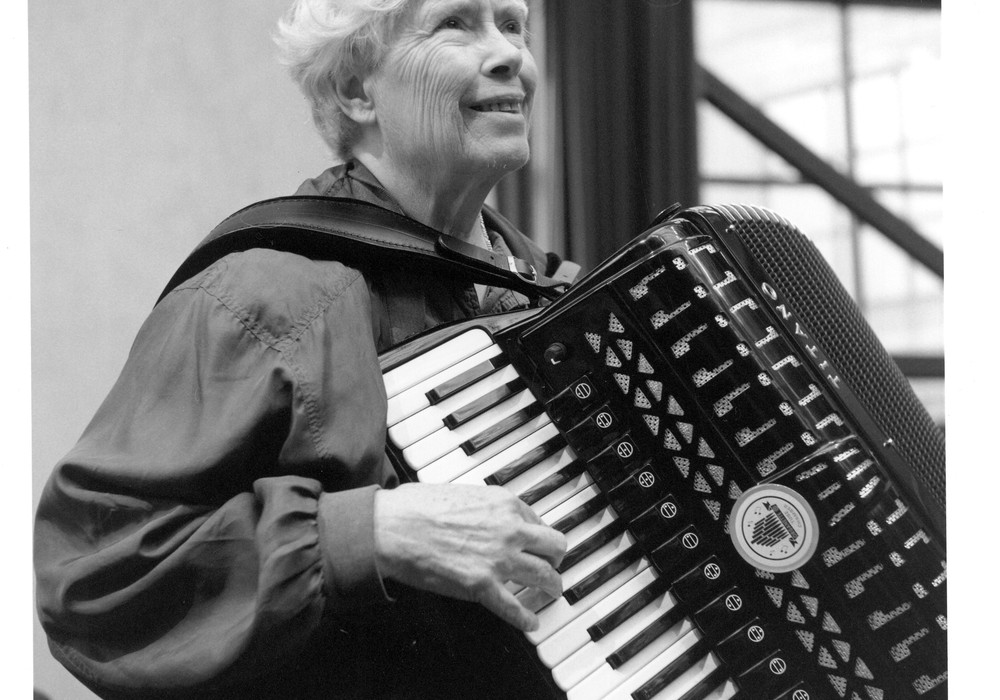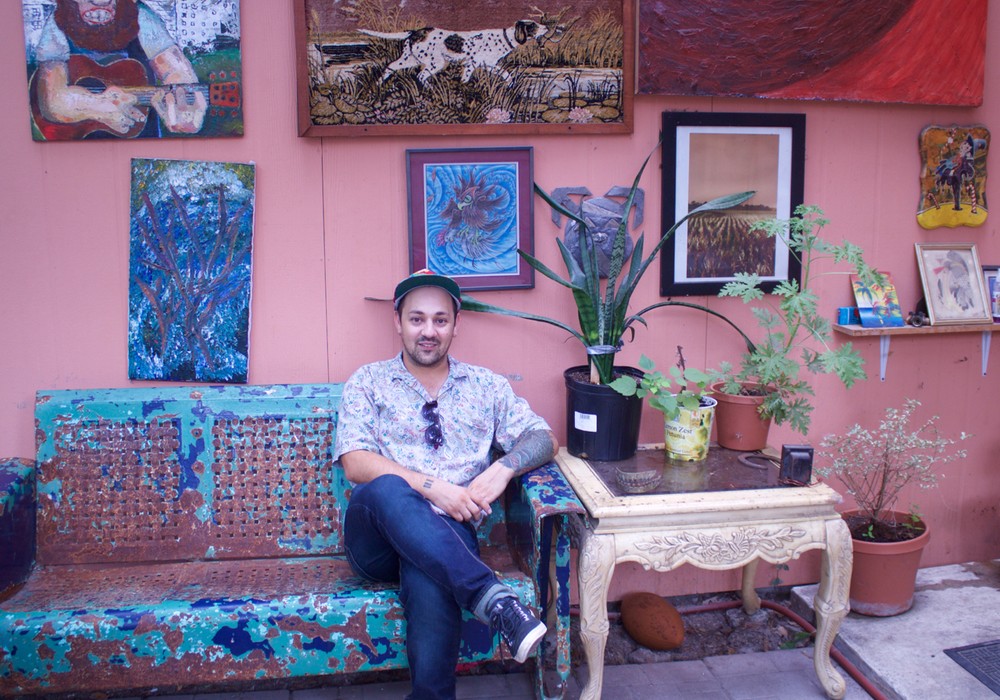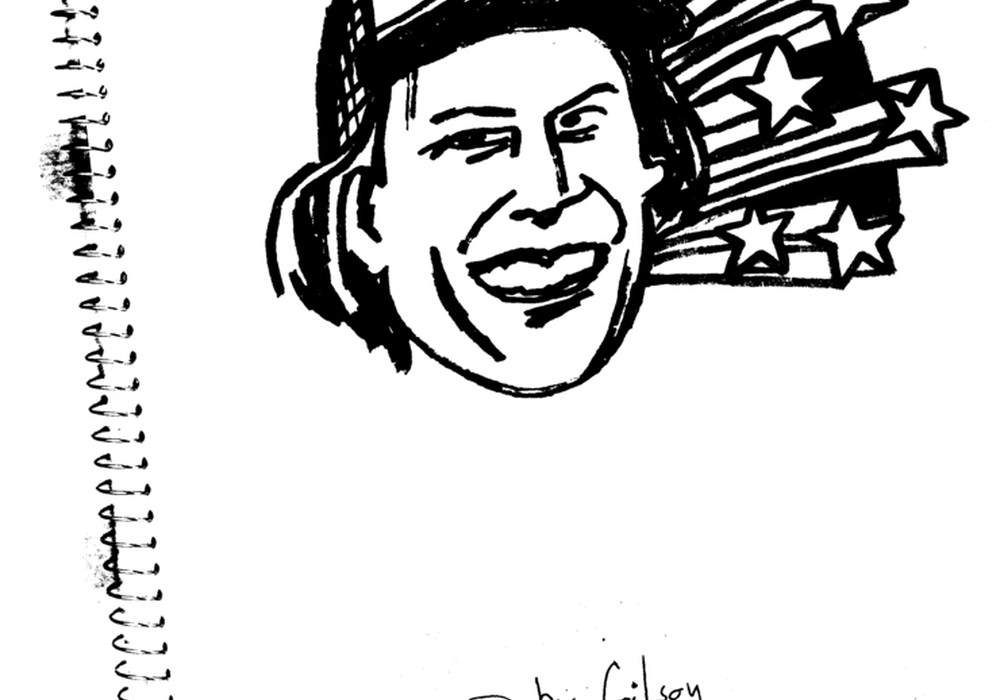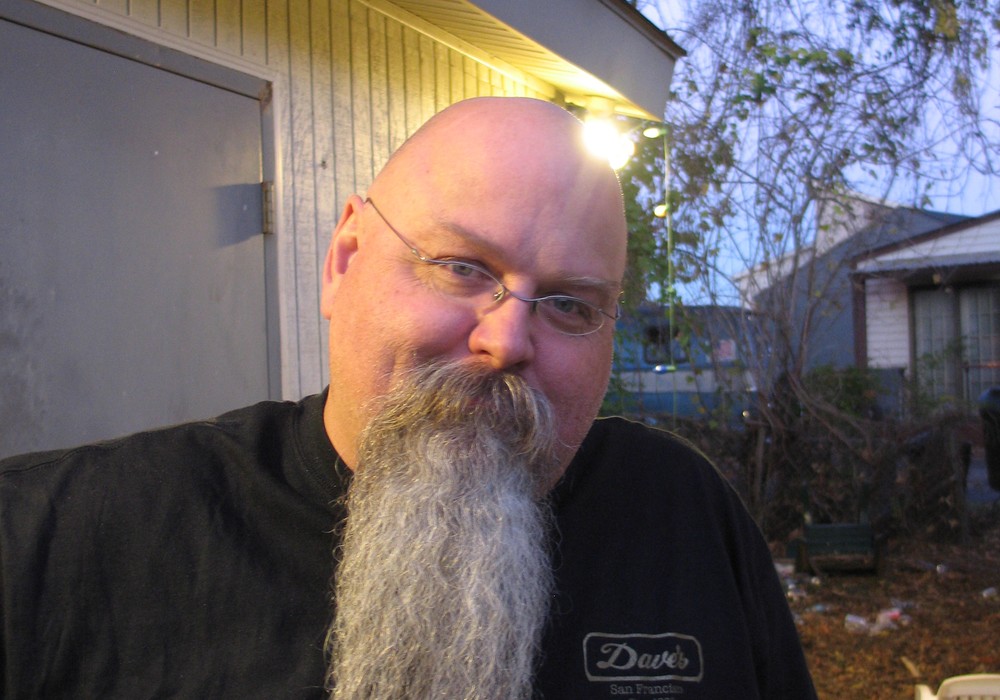This is an article that I've written, not as a response to, but let's say as an addition to, articles about drum recording that I have previously read in Tape Op. A more technical,"tracking" point of view, as far as signal flow is concerned.
By no means is this an attack or a criticism on any of those other articles that I read — I enjoyed them all and found them very insightful. I just envisioned this article as perhaps an ambassador to those who may have some trouble finding their way around a mixing board and/or a multi track deck… I hope that it is of some help to someone.
As long as I have been recording music (I bought my first multi-track machine in 1991), I've owned nothing but 8-track equipment exclusively. Not that I haven't ever worked on anything else, But that is my specialty, my forte', if you will — 8 track decks. Be they analog or digital, that's what I'm used to working with (for what it's worth, I prefer analog).
From the start, I have been the one person responsible for recording and ''engineering" all of my own drum parts, as well as performing them. Mostly out of necessity. I have also recorded many other bands with many different drummers, and for the most part, my overall recording technique, for Drums, has remained the same since I began. I must say that I'm almost always pleased with the drum sounds that I get. Hey! Sometimes even my clients are… But more importantly, my drum sounds are always relatively separate, and if captured as intended onto tape, they are very controllable when it comes time for mixing.
I suppose I also must stress that you need at least:
*4 to 6 microphones to mic the kit, kind or type should not matter. It could be really cool (for a little while anyway) to use the cheapest, crappy "Radio Shack" style mics that you have lying around. But any 57 or 58 style mic should work just fine. Even for overheads. I've used them many a time before and they can work great! Depending on what kind of sound that you want, of course. I usually use condenser mics myself, for overheads, as most people will. These are usually more "brilliant" and "roomy" sounding, whereas a 57-style mic can be cool for getting a more focused, less "roomy" sound. I would probably place such mics closer to the actual cymbals that you want to hear more of, since these mics tend to be more directional.
*An 8-track deck, Or 4-track, considering you only want 3 to 4 tracks of nothing but drums, or are going to be doing some considerable "bouncing".
*And a mixing board that has at least 2 sub groups (effects and/or monitor sends will work, but this is for the extreme corner cutter).
*If you have 4 sub groups this will suffice, otherwise your mixer should be able to send individual channels to tape inputs. Most of the boards that I have ever worked with will send an individual mixer channel to a tapedeck, via the insert jack, when the first position (i.e. the not completely inserted position) is engaged. These are for the kick and the snare if available.
Using any basic 8 or 16 channel board with at least 2 sub groups and individual channel inserts and/or tape sends, any person can get great sounding drum tracks, in less than an hour if you're motivated enough. That includes getting levels and everything.
Make sure that you have headphones, or at least some way to monitor your tapedeck. This can make or break your tracks, but is not totally necessary (more on this later).
As I said before, the whole purpose of this whole technique is to keep your drum tracks controllable and separate when using only 3 or 4 tracks.
So…considering that you have the drumkit mic'd accordingly, that is, a mic on at least the KICK and the SNARE, and at least a mic or two for all of the TOMS (if you don't already own some, LP "claws" work beautifully for mic'ing TOMS and the SNARE) and one or two OVERHEADS for the cymbals. Let us consider the 4-track route: Step by Step…
Step #1 The KICK mic to Track 1.
Step #2 SNARE mic to Track 2. Via the Inserts or individual "Tape" outs.
Step #3 All the TOM mics go to one sub group to Track 3.
Step #4 all of the CYMBAL or OVERHEAD mics go to the other sub group to Track 4.
Remember to pan accordingly when going to your subs. TOMS to LEFT, and OVERHEADS to RIGHT, or you'll get every thing on 2 Tracks, which won't be as controllable in your mix.
This is the method you should use, providing you have enough tracks to record on, or if you have the luxury of "bouncing " tracks later on. In which case I would Strongly recommend keeping the KICK and the SNARE on separate Tracks as before, and bouncing only the TOM and OVERHEAD Tracks down to One Track.
The other alternative to this, is going straight to 3 Tracks from the get-go, In which case you would keep all of the TOM and OVERHEAD mics panned to the CENTER on the Mixer, and route them to only ONE Sub group, thus to ONE Track.
This method is preferred when you are recording a whole band simultaneously or may not have the luxury of bouncing Tracks later. This method works just as well. It just may take a bit more time and/or practice getting the levels right. In both cases it is beneficial as one might imagine, to record a minute or two of the drummer, and then listen back. But if this is not possible, I have gotten levels by using the tapedeck LED's alone as my only reference. Just have the drummer hit each TOM individually, and make sure that they match up on the tapedeck. Remember to Peg your levels as high as possible. If you're using an analog deck, REALLY Peg them. This is KEY to Good- sounding Drums. Same goes for the OVERHEADs. Just keep their levels a little lower on the LED's.
I realize that this all may sound a bit novice to many of you, but for those of you who are a bit new to multi-tracking, or have had trouble getting decent drum sounds…Here it is. All mapped out for you. Hope it works as good for you as it does for me.
Recording Drums
Drum Recording : Stop the Cymbal Splash
by Chas Ferry, Marcos Lopez-Iglesias
I worked as an engineer and tech at Cherokee Recording Studios for over ten years and was involved in recording sessions at many other major Los Angeles recording studios. During that time I saw the...
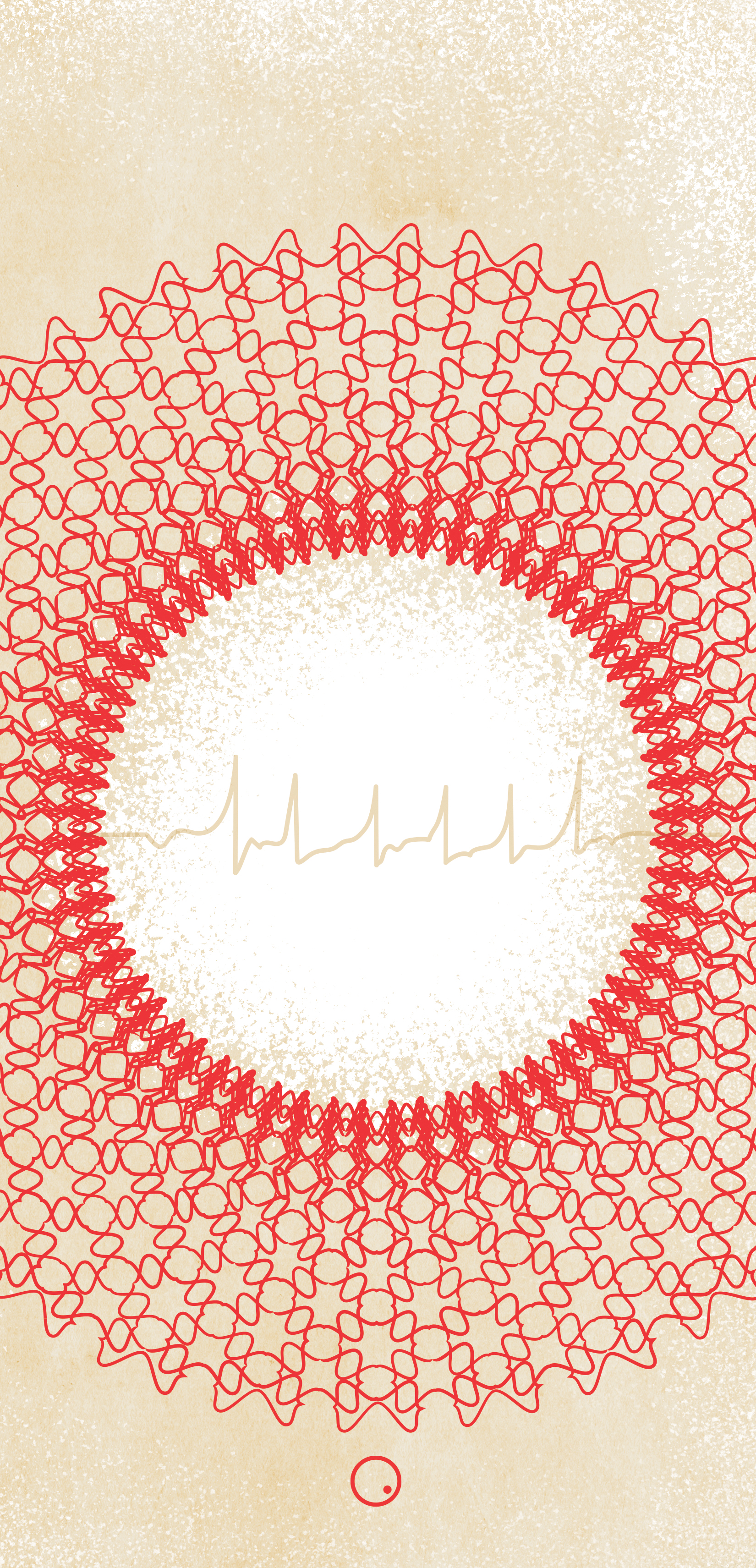

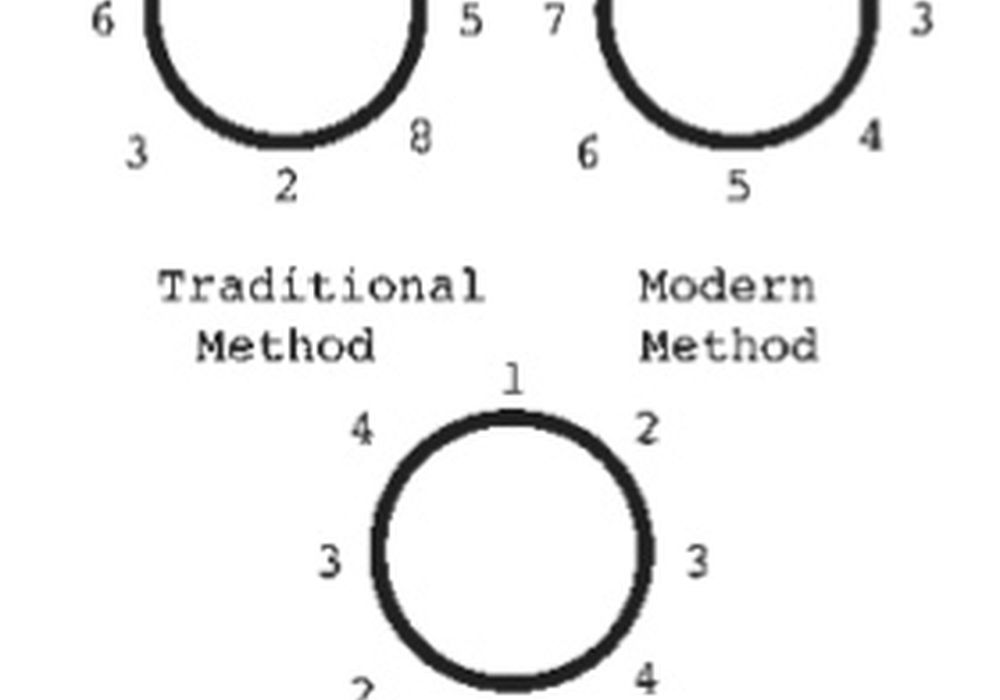
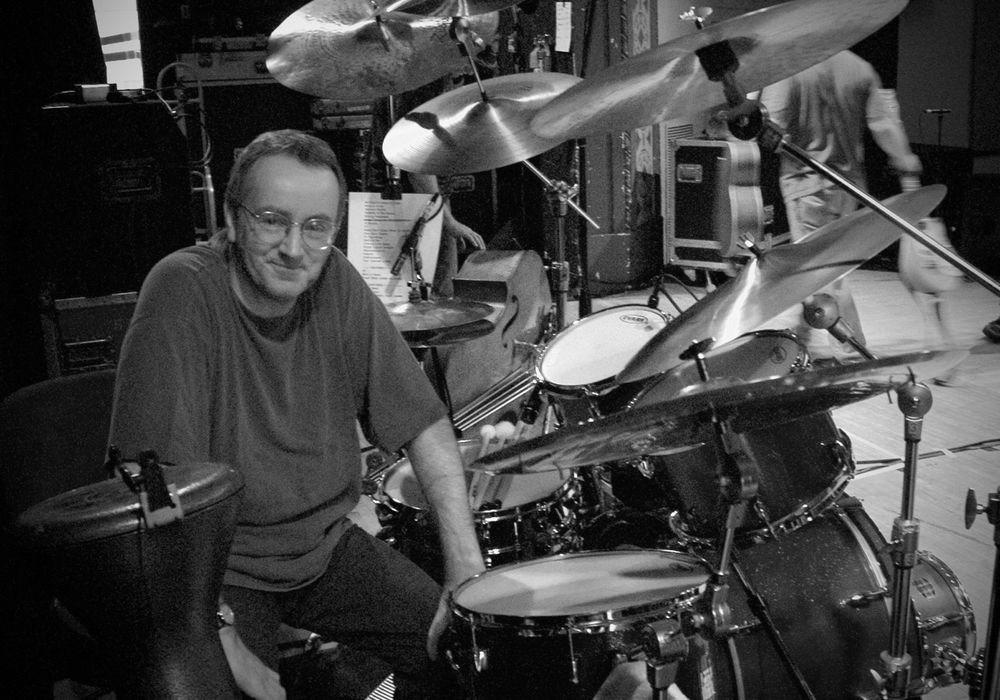
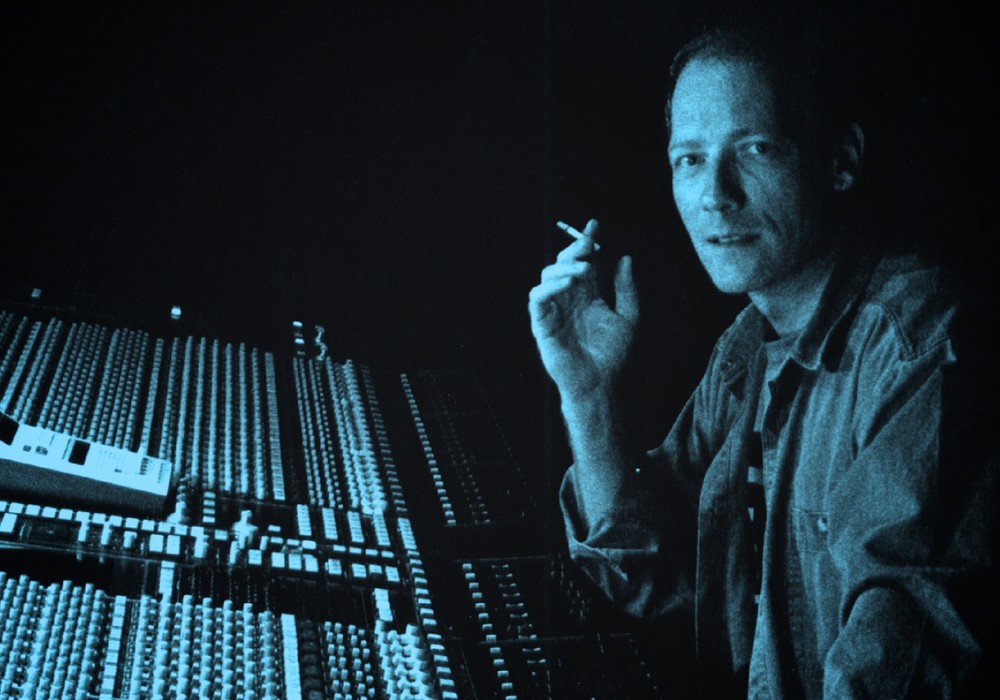
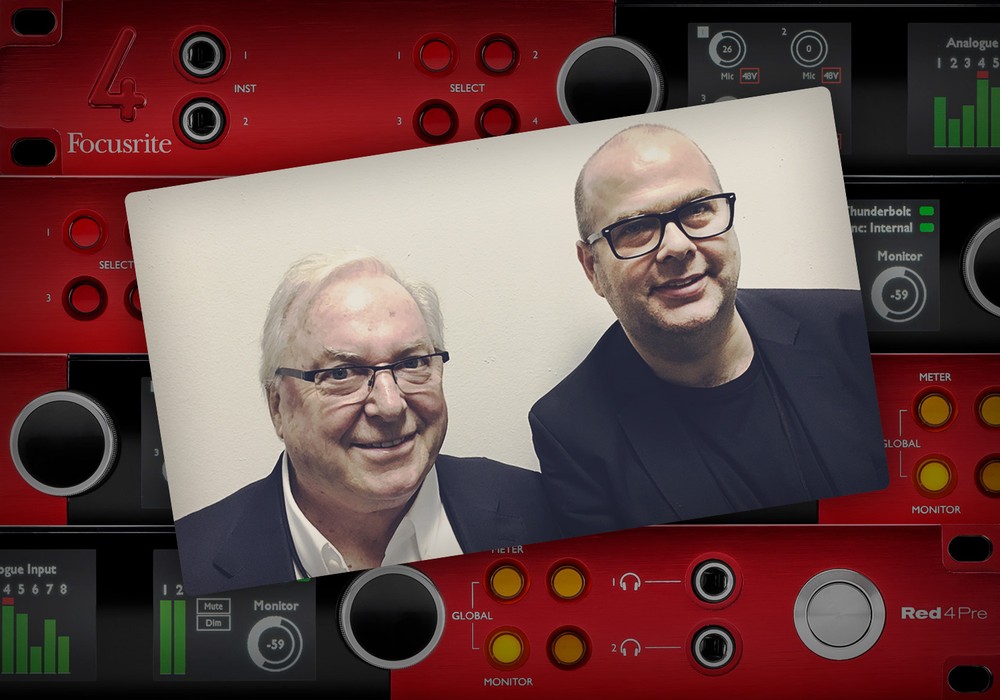
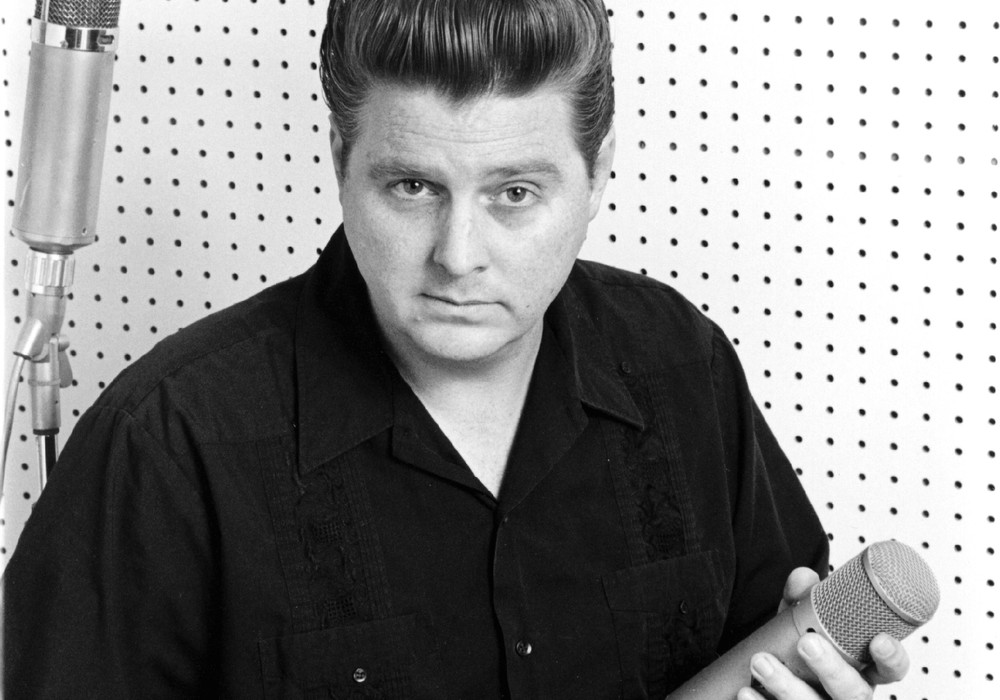
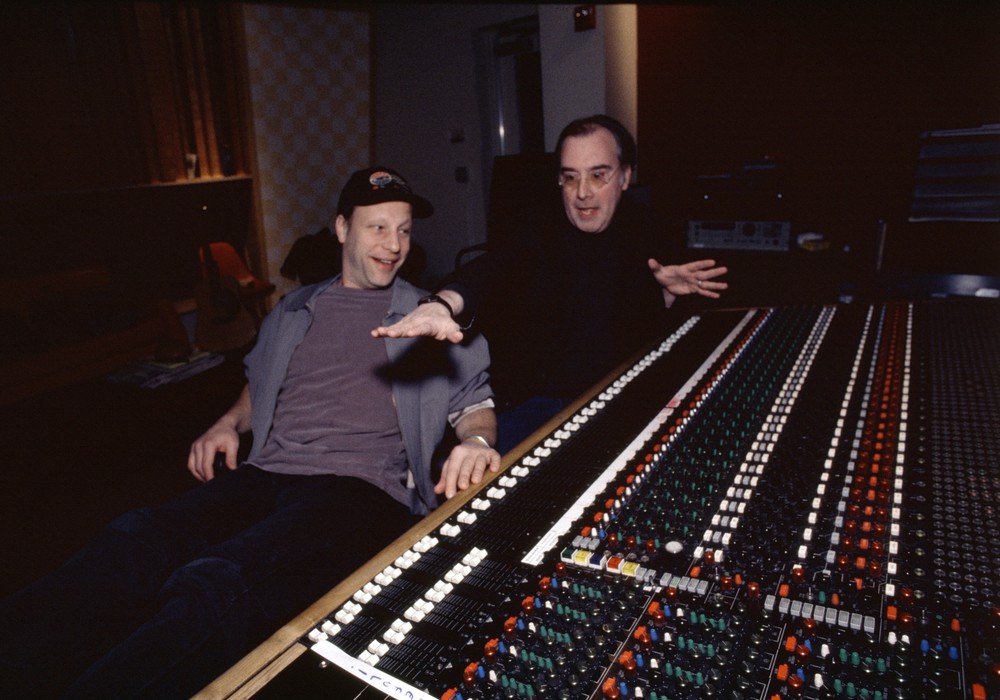
_display_horizontal.jpg)
